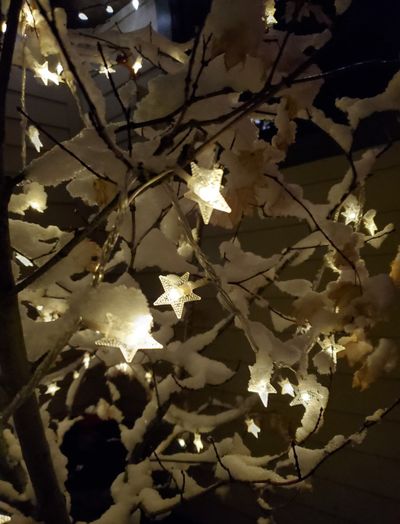Weathercatch: Planetary show will brighten darkest day of bleak year; sun to shine longer after Dec. 21 solstice

If we’ve ever felt a need to curse the darkness, it’s now. For days, the sun’s position in the sky has been slumping, recently giving way to a gloomy grayness amid a growing pandemic. And when the winter solstice arrives early next week, it will deliver less daylight than any day of 2020.
Closing in on a hard year, even the sun is spent, it seems.
But when the sun reaches its farthest point in the sky on Monday, Dec. 21, it will signify more than the year’s shortest day and the start of astronomical winter. It will also mean we made it through the darkest period of the year. From then on, daylight will start creeping back. Plus, there’s a bonus that’s bound to lift spirits: The evening of the solstice will feature a rare planetary show not seen in nearly 800 years.
This Monday across the Inland Northwest, the sun will rise at 7:35 a.m. and set at 4 p.m., giving us under 8 hours of daylight, which is roughly 7 ½ hours less than on June’s summer solstice. Although the sky’s dwindling light has felt stifling at times, we’re relatively lucky. Because the length of the day is even shorter in farther north latitudes, Reykjavik, Iceland, will get just 4 hours and 7 minutes of daylight on the winter solstice. And our nation’s northernmost town of Utqiagvik, Alaska (formerly known as Barrow), will see no daylight at all. The sun set below the horizon on Nov. 18 and won’t reappear until Jan. 23.
After daylight bottoms out on Dec. 21, our days will slowly grow longer and brighter. By Dec. 31, the Inland Northwest will have 5 more minutes of light. Add 152 minutes to that, and by Feb. 28, we’ll have more than 11 hours of daylight.
So the winter solstice will give us reason to celebrate that the sun is coming back. And weather permitting, we can step outside that night for a celestial show as the two grand planets of Jupiter and Saturn draw closer together in the sky than they have since 1623.
The event, known as a great conjunction, will make the planets’ alignment appear as one bright star, hence it’s been dubbed the “Christmas Star.”
While Jupiter-Saturn conjunctions occur about every 20 years, this one will be special because of how close they will appear to each other, according to NASA.
“Keep in mind that while the two gas giants may appear close, in reality they are hundreds of millions of miles apart,” NASA writes on its Night Sky Network. “This will still be quite a striking sight, but you will need to look fast as both planets will set shortly after sunset.”
The best view of the two planets coming into near-alignment will be in the southwestern sky no later than 45 minutes after the sun sets, according to the agency.
With Monday a few days off, we can’t say for certain if skies across our region will be clear enough to witness this phenomenon. After all, this is our cloudy time of year. However, it’s possible we’ll see some brief periods of clearing. With any luck, one of those clearings will occur shortly after sunset. As for the temperature? Chilly but not unseasonably cold.
If clouds do block the show, we can remind ourselves that the sun will start to brighten the next day, and the astronomical curtain will rise once again.